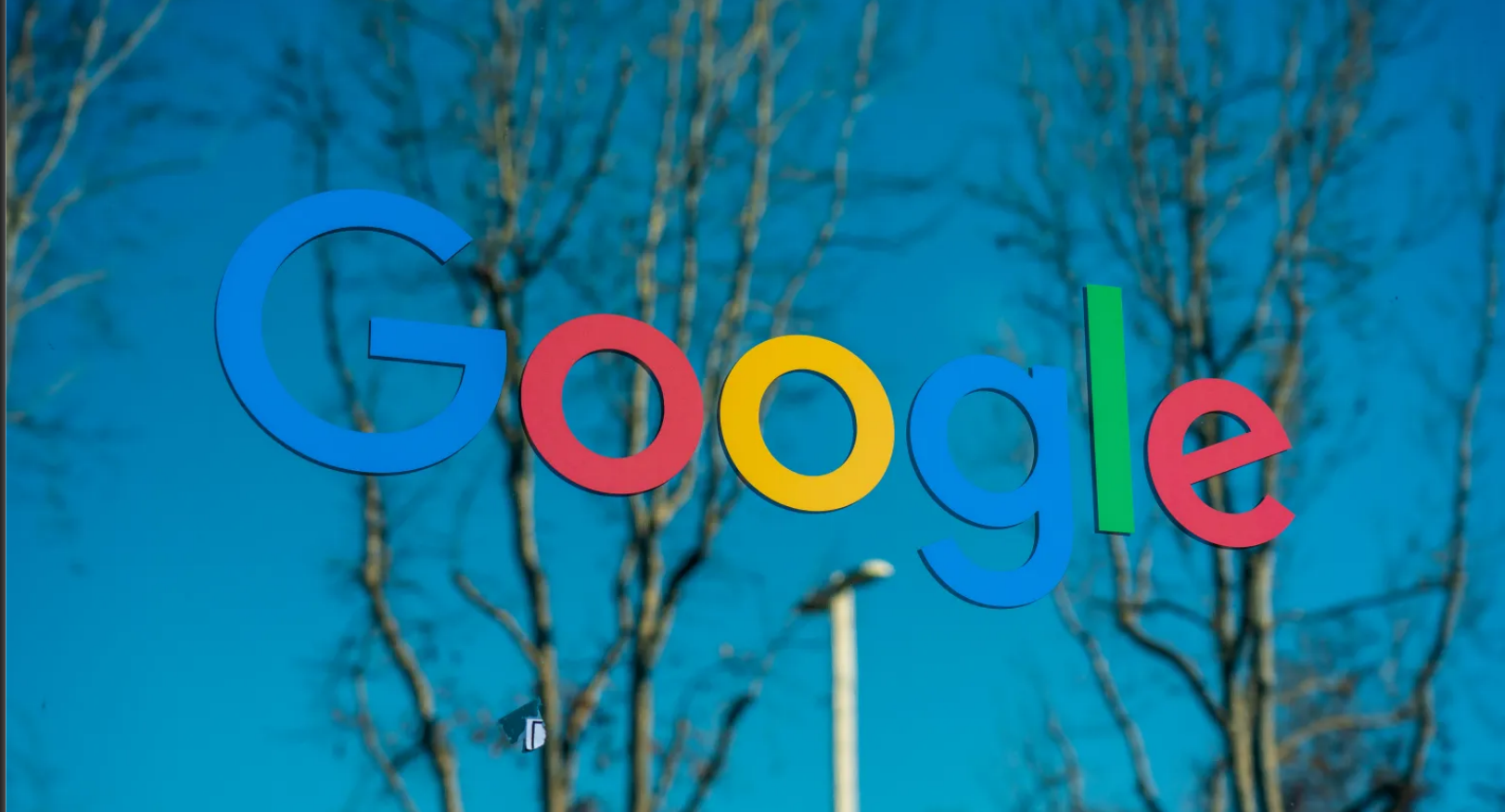Google is taking a significant step towards combating deepfakes and AI-generated content by introducing labels for images created or altered using AI tools. This initiative, set to roll out later this year, aims to provide users with clearer information about the authenticity of visual content across platforms like YouTube, Google Lens, and Search.
Tackling Deepfakes with AI Labels
As deepfake technology becomes increasingly sophisticated, the potential for misuse has grown. Google’s new feature will utilize its advanced AI capabilities to detect and label AI-generated images, ensuring users are aware of the nature of the content they encounter. This move is part of Google’s broader strategy to maintain the integrity of information on the internet and protect users from being misled by manipulated visuals.
How It Works
Google plans to leverage the Coalition for Content Provenance and Authenticity (C2PA) metadata, which provides detailed information about an image's origin, editing history, and the software used in its creation. If an image contains this metadata, users can access the "About this image" section to review the details. Major tech companies like OpenAI, Amazon, Microsoft, and Adobe are already part of the C2PA initiative, supporting Google's efforts to make AI-generated content more transparent.

Challenges Ahead
Despite the promising potential of this technology, there are significant challenges. A vast number of images hosted on Google’s platforms lack the C2PA metadata, making it difficult for the system to identify and label them correctly. Moreover, this metadata can be altered or removed, further complicating Google’s task.
Google's initiative represents a proactive approach to the evolving landscape of AI-generated content, aiming to empower users with the knowledge to distinguish between authentic and manipulated images. However, as AI technology continues to advance, ongoing adaptation and vigilance will be crucial in the fight against deepfakes.
The Bigger Picture
With the increasing prevalence of deepfake content, especially in regions like India, the introduction of such measures is timely and necessary. While Google’s efforts may not eliminate the issue overnight, they mark a crucial step toward increasing digital literacy and transparency in the age of AI.